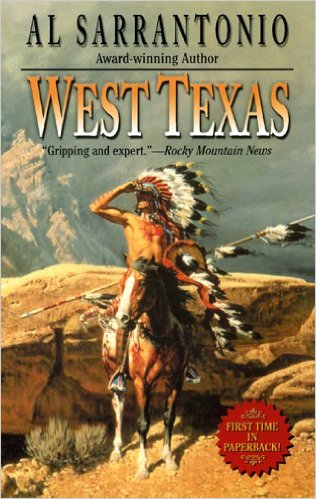It’s still early, but I’ll wager The Witch will be the scariest movie I see this year. Not because the makers filled it with jump scares, gore or even creepy black-haired girl ghosts. The Witch is frightening because it’s relentlessly downbeat and oozes a sense of dark menace from virtually the opening frame.
But more importantly, perhaps, The Witch works as a horror film because the audience understands that the movie is unfolding outside of the conventions of fright flicks that preceded it. Anything could happen.
And that fear of the unknown may be our deepest fear.
That’s why it bugs me to see some horror fans bashing The Witch for not being “real horror” — primarily, it seems, because the makers dared to tread into the territory of art-house cinema. It’s a knee-jerk response that, while thankfully not universal among horror fans, is sadly all too common. I’ve heard it invoked again and again by horror gatekeepers when they see movies like Black Swan, It Follows, Spring and Under the Skin.
Any time a scary movie comes off the festival circuit heaped with critical praise and a handful of awards, detractors line up to denounce it as lacking chills, being too artsy-fartsy or failing to deliver on its hype. Those condemnations are only amplified in the echo chamber of social media.
But for the horror genre to remain vital, it can’t retread the same old tropes. To break free of them, filmmakers need to push boundaries, often charting a course into artier territory. How many more times do you really want to sit through a story of a family that suffered a recent loss and moves into a haunted house? How many more needless remakes of horror classics? How many found-footage retreads?
As a music fan, I find the “it’s not real horror” argument a lot like the rockabilly aficionado who insists only music that sounds like it could have been recorded in 1958 is worth listening to. Or the jazz enthusiast who claims the more avant garde end of the genre can’t be called “jazz” because Satchmo wouldn’t recognize it as such. While one can respect the purity of their arguments, neither makes much of a case for the genre moving forward.
So, you can bet I’ll be watching the The Witch again, just like I did It Follows, Spring, Black Swan and Under the Skin. And I’ll remain eager to see the next offbeat indie that rolls of the festival circuit with positive reviews. I know it may be an… ahem… scary notion to some, but for genres to thrive, they must grow, evolve and move in uncharted directions.









